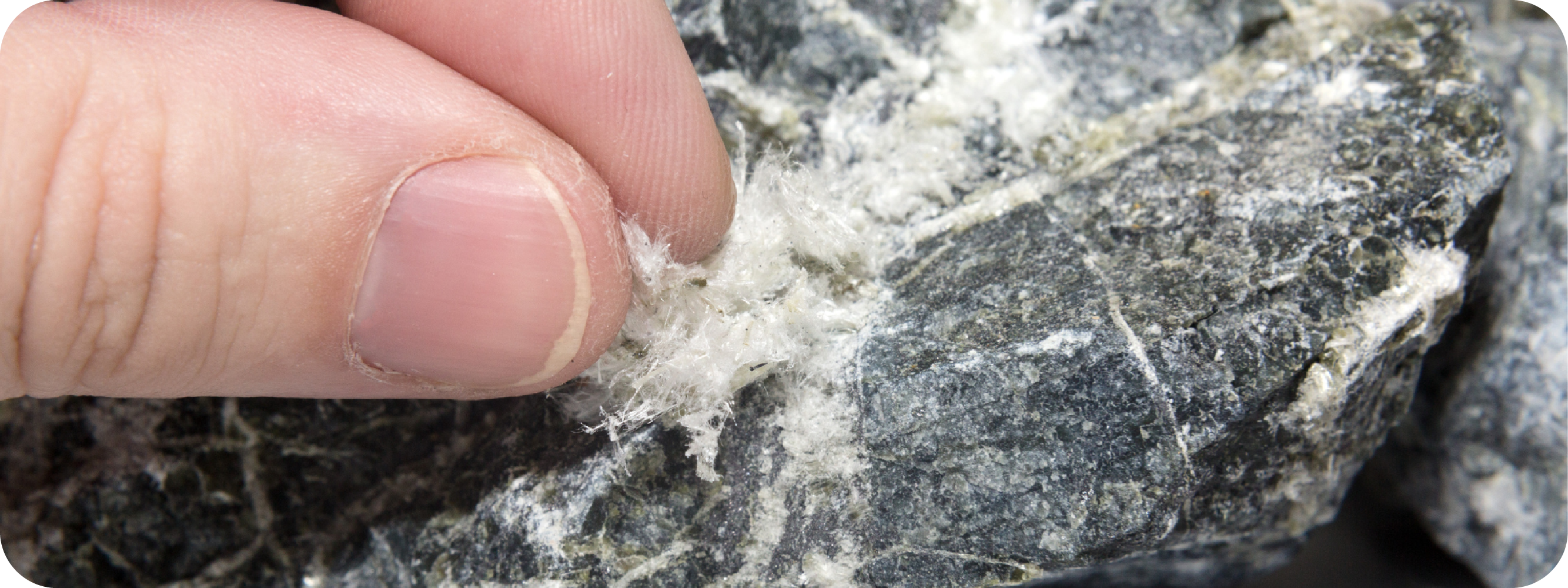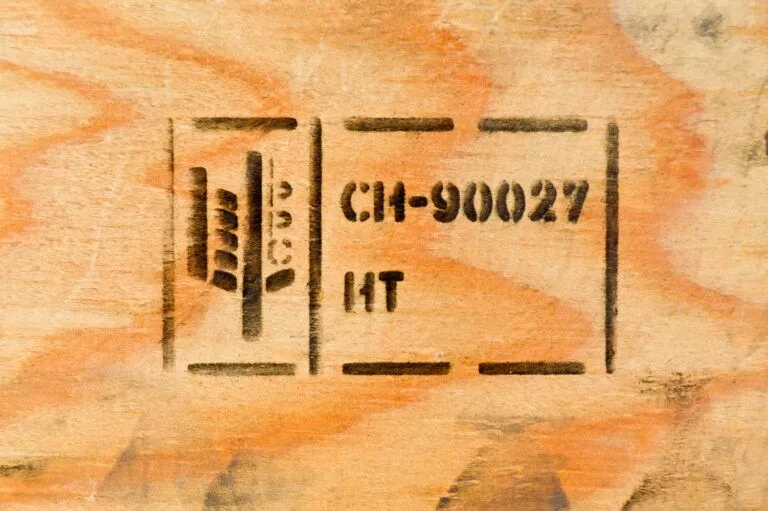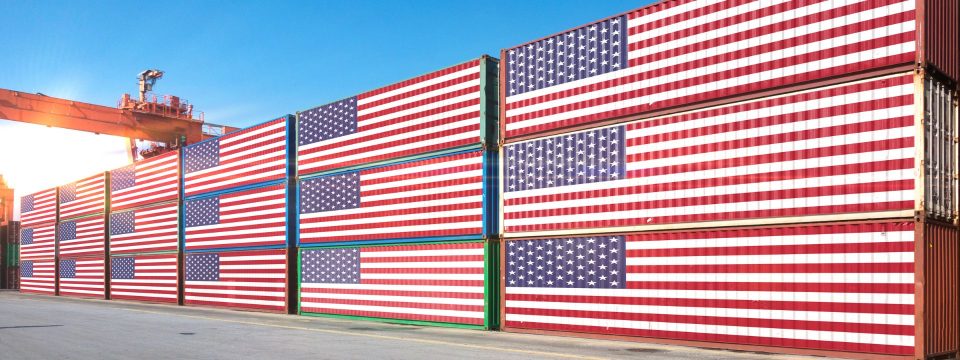Asbestos Declaration: The Complete Guide [With Template]
October 28, 2022 Customs
![Asbestos Declaration: The Complete Guide [With Template] Asbestos Declaration: The Complete Guide [With Template]](https://icecargo.com.au/wp-content/uploads/2022/10/Asbestos-declaration.jpg)
An Asbestos Declaration is a vital document in shipping that helps customs authorities and the Australian Border Force determine if the goods you are importing or exporting are free of asbestos.
From 31 December 2003, the use of asbestos in Australia became illegal. Importing asbestos, or products containing asbestos, into the country is also prohibited; unless permission has been granted or certain exceptions in the Customs (Prohibited Imports) Regulations 1956 apply. Exporting asbestos or specific products containing asbestos is also banned (unless similar exceptions apply).
What Are Asbestos?
Asbestos is a deadly compound found in a range of goods, and there are six types of asbestos that have been comprehensively prohibited throughout the country. Some goods that may contain asbestos include cement pipes, crayons, fire blankets, gloves and heating equipment.

What is an Asbestos Declaration for?
The purpose of the Asbestos Declaration is to protect an importing nation from goods that may contain asbestos.
If asbestos is detected in any goods you import, they will be seized and declared a ‘prohibited import’. The goods will be forfeited (meaning you lose ownership of them) and you may be subject to fines and/or prosecution for violating the Customs Act.
You can, however, import or export asbestos in some limited circumstances. These include if the goods are raw materials that contain naturally occurring traces of asbestos. A more comprehensive list of exceptions can be found on the Australian Border Force’s website.
Asbestos Declaration Template
An Asbestos Declaration must be issued by the importer, and include the importer’s company name and address.
The document will typically contain:
- a declaration from the supplier or manufacturer that no asbestos or materials or components containing asbestos are used or will be used the manufacture of any of the company’s products;
- a declaration that the goods are free from the six types of asbestos – namely, actinolite asbestos, grunerite (or amosite) asbestos (brown), anthophyllite asbestos, chrysotile asbestos (white), crocidolite asbestos (blue) and tremolite asbestos; and
- an acceptance that the goods may be held by the Australian Border Force for examination and require testing.


One Last Tip!
It is the importer or exporter’s responsibility to ensure their goods do not contain asbestos, prior to them being shipped into or out of the country.
It is integral to investigate throughout your supply chain that asbestos is not used to manufacture the goods at any stage. Measures you can implement include:
- writing in your contract with a supplier that no asbestos can be used in the manufacturing of the goods;
- testing for asbestos before shipping the goods; and
- conducting ongoing risk assessment and quality assurance procedures
You can, however, apply for permission to import goods containing asbestos on the Asbestos Safety and Eradication Agency’s website.
If you wish to know more about exceptions or how to get your declaration ready contact our friendly team at International Cargo Express or request a quote here.
Recommended For You

We Consult. We Plan. We Deliver.
- CONSULT – We discuss your specific needs.
- PLAN – We develop a bespoke tailored plan that is cost-effective & efficient.
- DELIVER – We manage your shipment and keep you updated from beginning to end.


